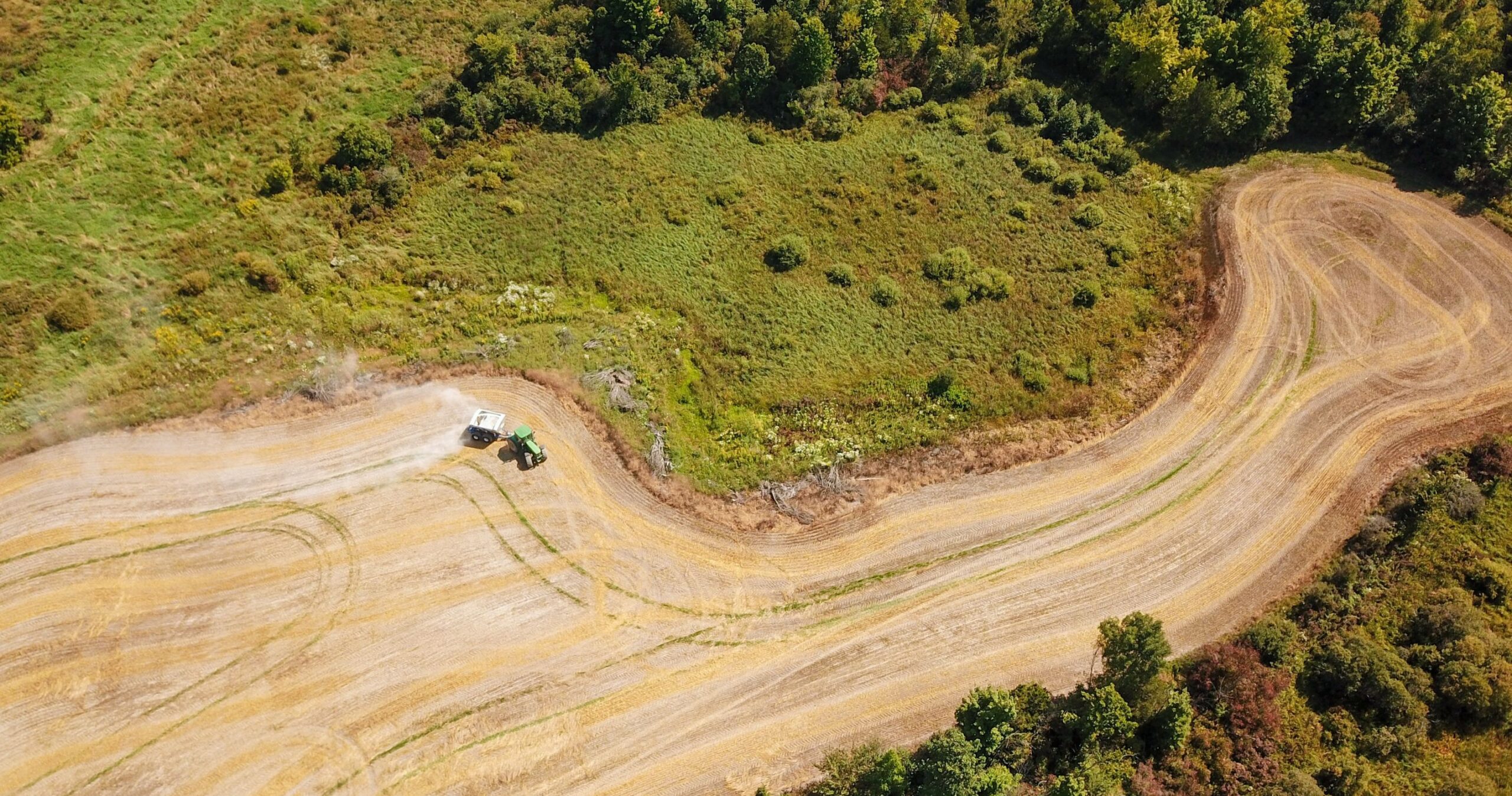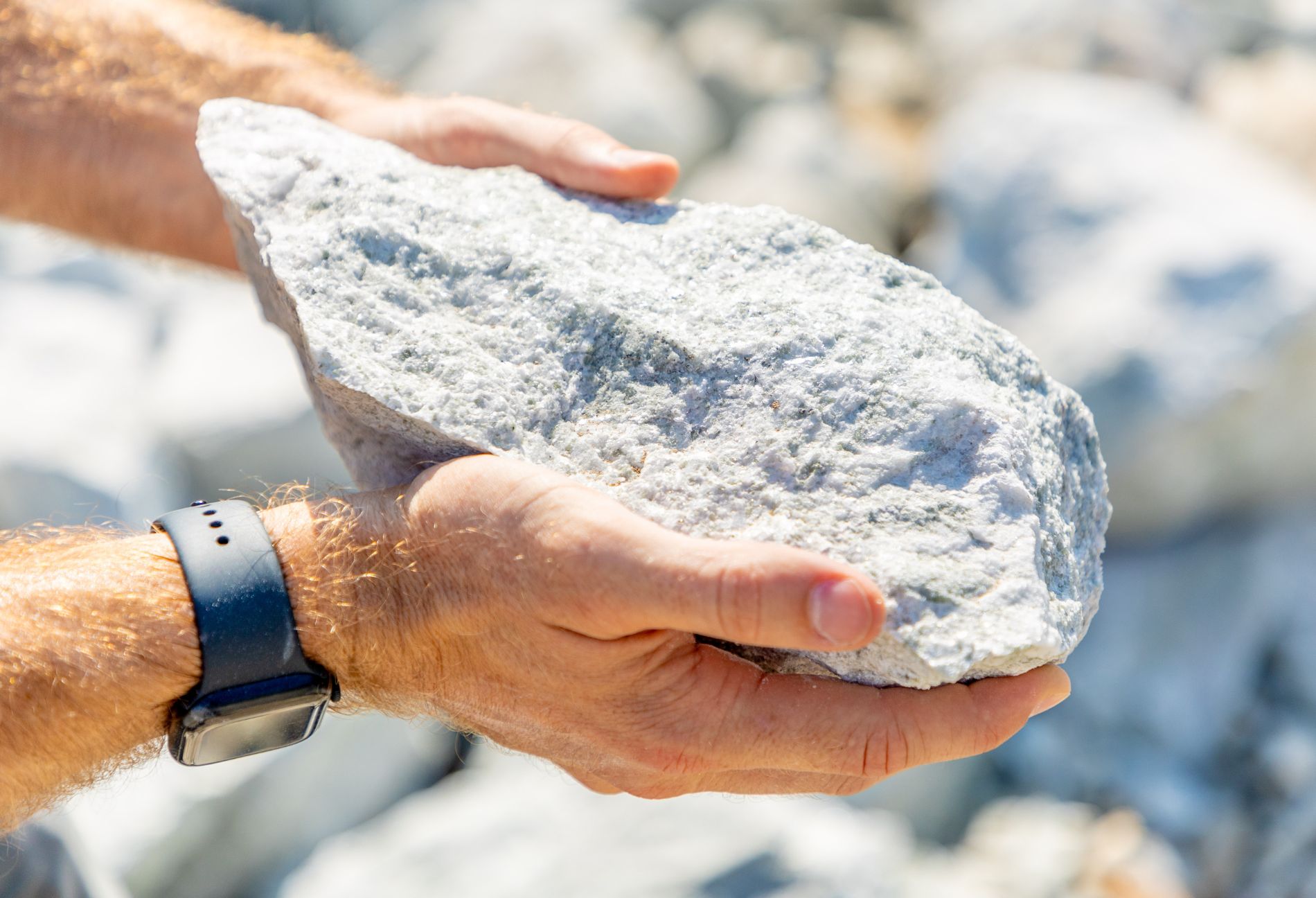As the urgency to achieve net-zero emissions intensifies, carbon credits have become a vital tool for businesses looking to offset their carbon footprints. These credits support projects that reduce or remove greenhouse gases (GHG) from the atmosphere, helping organisations to mitigate their emissions and meet climate goals. One of the factors often overlooked when purchasing carbon credits is the vintage – the year in which the emissions reduction or removal occurred.
The vintage of a carbon credit plays a key role in determining its value, pricing and climate impact, yet many misconceptions surround what vintages represent and how they should influence purchasing decisions. Understanding carbon credit vintages is critical for businesses that want to make informed decisions about their carbon offset investments.
What Are Carbon Credit Vintages?

A carbon credit vintage refers to the year in which the carbon avoidance or removal took place. For example, if a reforestation project sequestered carbon in 2018, the credits representing that year’s carbon reductions would have a 2018 vintage. Once a project is initially validated, carbon projects undergo verification periodically – usually annually – at which point new credits are issued for the corresponding vintages. Projects will typically need to be revalidated every 3-5 years.
Because the verification process can take time, credits from older vintages may only become available for sale after significant delays. Despite this, many buyers favour newer vintages, assuming that they represent higher quality while overlooking the potential value of older vintages.
Common Myths About Carbon Credit Vintages

Two major misconceptions often shape buyers’ decisions when it comes to carbon credit vintages:
– Newer vintages are always higher quality: It is often assumed that newer carbon credits are better because they are associated with more recent activity and methodologies. Buyers may think that credits from older vintages have become outdated or that they represent less rigorous standards.
– Vintage years must match the year of emissions offsetting: Another belief is that the vintage year of a carbon credit should align with the year that a company is seeking to offset its emissions. This leads buyers to favour newer credits that correspond to the current year’s emissions.
Both of these assumptions are based on misunderstandings about how carbon markets and emissions reductions work.
Does Vintage Year Indicate Quality?

The quality of a carbon credit isn’t determined by its vintage alone. The climate impact of one metric ton of CO₂ removed from the atmosphere in 2018 is the same as that of a ton removed in 2024. In fact, some evidence suggests that carbon sequestration from older vintages can have a greater climate benefit due to the persistence of CO₂ in the atmosphere over time.
Several reasons explain why vintage year alone doesn’t determine credit quality:
– Older Credits Often Provide Greater Confidence: Credits from older vintages may come from well-established projects that have already demonstrated their effectiveness. These projects have a proven track record, having been operational for several years, which offers greater assurance that the carbon sequestration is durable and verifiable.
– Additionality and Permanence Remain Unchanged Over Time: Carbon projects are evaluated for their additionality (the degree to which the emissions reductions wouldn’t have occurred without the project) and permanence (the long-term durability of the carbon sequestration). These factors, once verified, do not deteriorate over time. If a carbon project was verified as high-quality when the credits were issued, that quality remains consistent regardless of the vintage year.
– Methodologies Have Evolved, but Older Projects Can Still Meet Current Standards: While it is true that methodologies for carbon accounting have improved over time, this doesn’t mean that older credits are inherently of lower quality. Many projects undergo re-verification using updated methodologies, ensuring that their older credits meet current standards. Credits from older vintages can still be highly valuable if they come from projects that maintain strong carbon accounting practices and consistent monitoring.
Do Vintage Years and Emissions Years Need to Align?

The idea that credits must match the emissions year is not supported by scientific consensus. The focus should be on the quality of the carbon reduction, not the specific year in which it took place. Even prominent standards and guidelines, such as the Integrity Council for the Voluntary Carbon Markets Core Carbon Principles (CCPs) and the Voluntary Carbon Market Integrity (VCMI) Claims Code, do not include vintage year as a criterion for carbon credit quality.
The Role of Vintages in Carbon Credit Pricing and Market Dynamics

While vintage may not determine the intrinsic quality of a carbon credit, it plays a significant role in how credits are priced and traded in the carbon markets. The age of a carbon credit can influence its market value, and understanding these dynamics is important for businesses looking to make cost-effective investments.
– Price Differentiation Based on Vintage: In the voluntary carbon market, older vintages are often sold at lower prices compared to newer ones. This is driven by market perception, where buyers may assume that newer credits are of higher quality due to more recent verification processes. However, this price differential doesn’t necessarily reflect a difference in the environmental value of the credit. Businesses that prioritise budget efficiency may find older vintages to be a cost-effective way to achieve their emissions reduction targets, without compromising on impact.
– Supply and Demand Dynamics: The availability of carbon credits across different vintages can also affect pricing. Newer projects may issue a limited number of credits each year, creating supply constraints that drive up prices for recent vintages. Conversely, older projects that have generated larger volumes of credits over several years may offer a greater supply of older vintages at lower prices. As demand for carbon credits increases, especially among companies with net-zero commitments, businesses may need to consider a mix of newer and older vintages to meet their climate goals in a cost-effective manner.
– Long-Term Market Confidence: Investors and project developers in the voluntary carbon market face significant risks when financing carbon projects. These projects often require upfront capital investment long before the carbon credits are generated and sold. By the time credits are available for sale, the market conditions may have shifted, affecting the price and demand for certain vintages. Purchasing older vintages helps stabilise the market by providing ongoing financial support to projects, ensuring their long-term viability and the continued delivery of emissions reductions.
– Project Financing and Credit Sales: Many carbon projects depend on the sale of older vintages to cover operational costs and fund future activities. Delays in selling credits or a lack of demand for older vintages can jeopardise a project’s financial health, potentially threatening its ability to deliver long-term climate benefits. Businesses that invest in a range of vintages can help sustain the financial stability of carbon projects, supporting both immediate and future emissions reductions.
– Vintage Selection in Portfolio Strategies: For businesses looking to balance short-term and long-term climate goals, incorporating a mix of carbon credit vintages into their portfolio can be a strategic approach. Older vintages can help offset past emissions and provide cost-effective credits, while newer vintages can align with current emissions reduction strategies. This diversified approach allows businesses to manage risk, optimise pricing and support a broader range of carbon projects.
Best Practices for Evaluating Carbon Credit Vintages

When investing in carbon credits, it’s essential to look beyond the vintage year and evaluate the overall quality of the project. Here are some best practices for assessing carbon credit vintages:
– Focus on Additionality and Permanence: The most important factors to consider are whether the project is additional (i.e. it generates emissions reductions that wouldn’t have occurred otherwise) and whether the carbon sequestration is permanent. Projects that deliver these outcomes will provide high-quality credits, regardless of vintage year.
– Assess Co-Benefits Beyond Carbon: Many high-quality carbon projects offer co-benefits that go beyond carbon sequestration, such as improving biodiversity, supporting local communities and enhancing ecosystem services. These additional benefits make the credits more valuable and are worth considering when evaluating older vintages.
– Evaluate the Project’s Track Record: Older credits provide the opportunity to review a project’s history and determine whether it has consistently met its goals. A project with a long track record of success is likely to continue delivering emissions reductions in the future.
– Leverage Technology for Verification: Advances in technology, such as satellite monitoring and remote sensing, allow for more accurate verification of carbon credits, regardless of their vintage year. These tools provide real-time data to validate that the carbon reductions are occurring as claimed.
Quality Over Vintage
While the vintage year of a carbon credit is an important consideration, it should not be the sole determinant of its value or effectiveness. Both newer and older credits can offer significant climate benefits if they come from high-quality projects. Older vintages, in particular, can provide cost-effective and reliable emissions reductions while supporting long-standing projects that deliver proven environmental benefits.
Businesses looking to offset their emissions should prioritise the overall quality and impact of the carbon project, rather than focusing exclusively on the vintage year. By carefully evaluating carbon credits, businesses can ensure that their investment in carbon offsets supports meaningful climate action while delivering long-term environmental and social benefits.

Make Informed Carbon Investments
Understanding carbon vintages can help you maximise the impact of your carbon strategy. At UNDO, we offer nature-based carbon removal solutions that support both immediate and long-term sustainability goals.


 " />
" />
